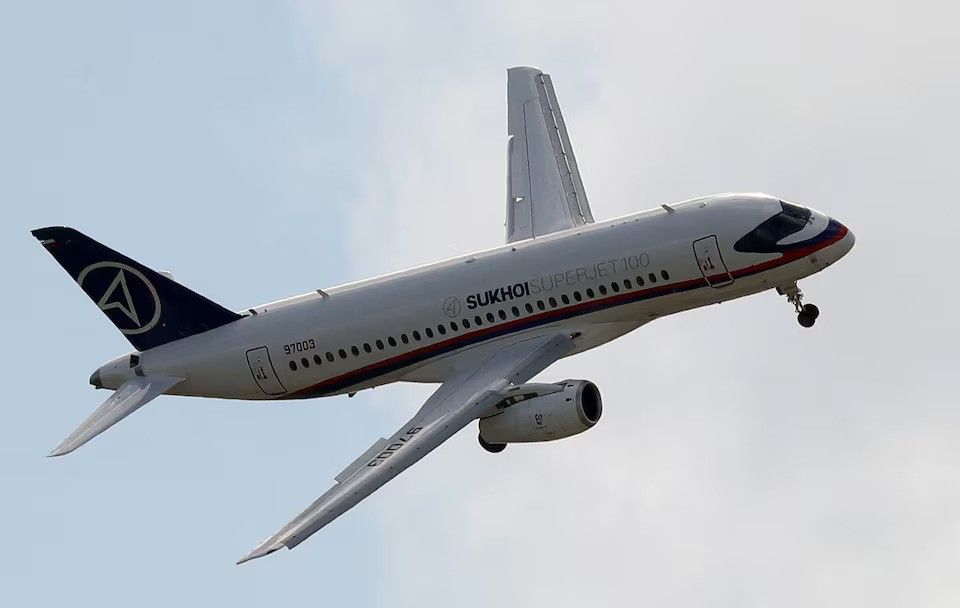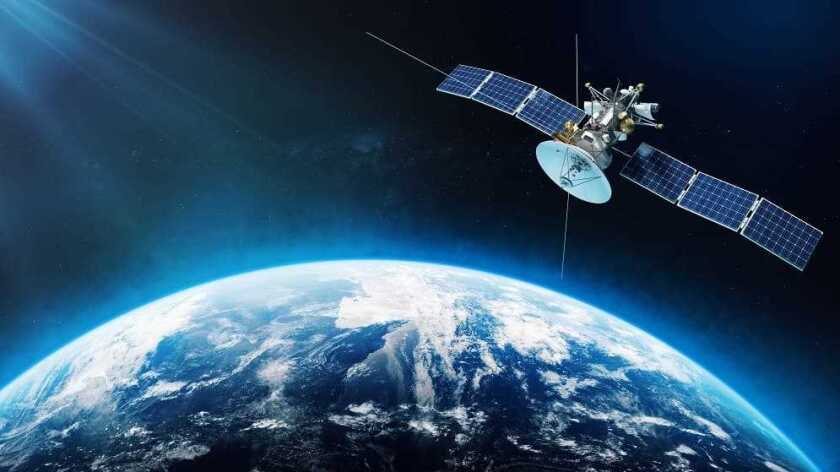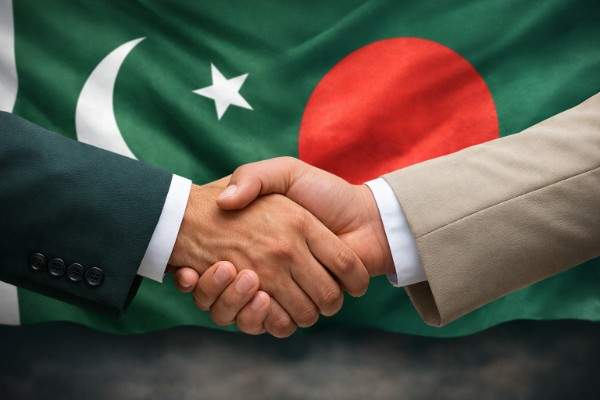Russia’s plans to rebuild its commercial aviation sector are faltering. Sanctions, high interest rates, and supply chain bottlenecks have caused the country to fall far short of production targets.
Data from Swiss aviation intelligence provider ch-aviation shows that Russian manufacturers have delivered just one of the 15 commercial jets planned for 2025. The slowdown reflects deeper industrial malaise, as the country struggles to replace foreign-made aircraft with domestically built models.
Table of Contents
ToggleSanctions Cut Off Western Parts
Since the February 2022 invasion of Ukraine, Western sanctions have blocked direct access to Airbus and Boeing aircraft. They have also blocked supply of the spare parts needed to maintain them. With more than 700 aircraft in service—most of them foreign-made—Russian airlines have been forced to rely on indirect import routes through countries such as Turkey, China, Kyrgyzstan, and the UAE.
“There is no component base, no technology, no production facilities, no engineers,” said one Russian aviation industry source. “To create all this from scratch takes years, if not decades.”
Recent incidents, including the July crash of a Soviet-era Antonov An-24 that killed 48 people, have underscored the urgency of modernizing Russia’s fleet.
Production Targets Slashed
In 2021, Russia added 52 new commercial aircraft to its fleet, including imported Airbus and Boeing jets alongside Sukhoi Superjets with foreign parts. Since then, they have delivered only 13 new aircraft, 12 Superjets and one Tupolev Tu-214.
The government has repeatedly scaled back production goals, cutting the 2024–2025 delivery target from 171 to just 21 aircraft, with more revisions expected. Serial production of key models, including the MC-21, SJ-100, and IL-114, has now been pushed to 2026.
Read more: Trump Wants “Large Number” of Enhanced B-2 Bombers Following Iranian Strike
Industry insiders say domestic versions of the MC-21, built entirely from Russian-made components, are heavier and less fuel-efficient, dampening airline interest.
Broader Economic Strain
The production shortfall is part of a wider slowdown in Russian industry. July’s factory output fell at its fastest rate since early 2022, with high interest rates squeezing investment across sectors from car manufacturing to coal mining.
“Industry is being hit faster and harder by tight monetary policy,” said Dmitry Polevoy, head of investment at Astra Asset Management.
Rising Costs for Passengers
With supply shrinking and demand steady, airfares in Russia have risen sharply over the past two years. Moscow has even asked airlines from Kazakhstan and Uzbekistan to operate domestic routes to ease capacity constraints.
As Industry and Trade Minister Anton Alikhanov noted last month, “No other country in the world produces fully import-substituted planes.” For Russia, that challenge is proving as complex as it is costly.
Javeria Sajid is an Aerospace Engineering student from NUST with a background in technology and a sharp focus on the global political landscape and defence innovation. She writes to make complex defence technologies understandable, and aspires to bridge journalism, policy, and engineering in her work.












